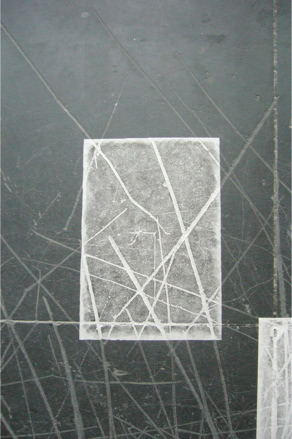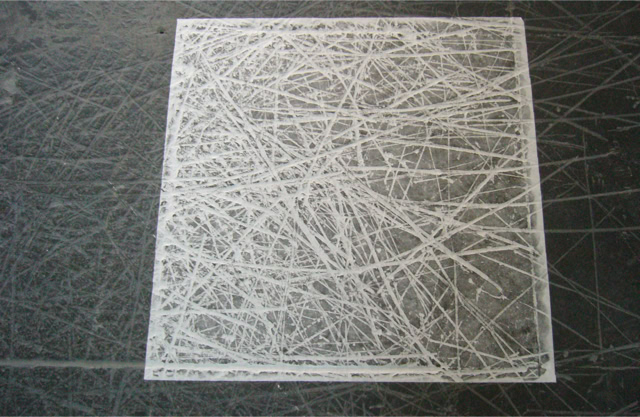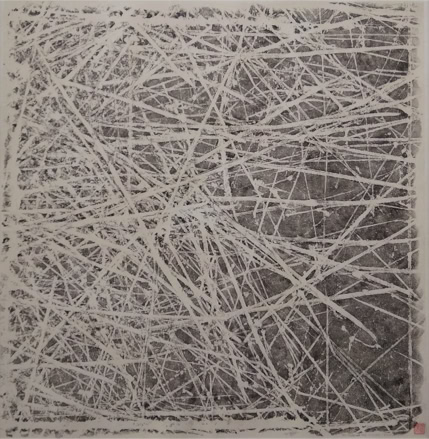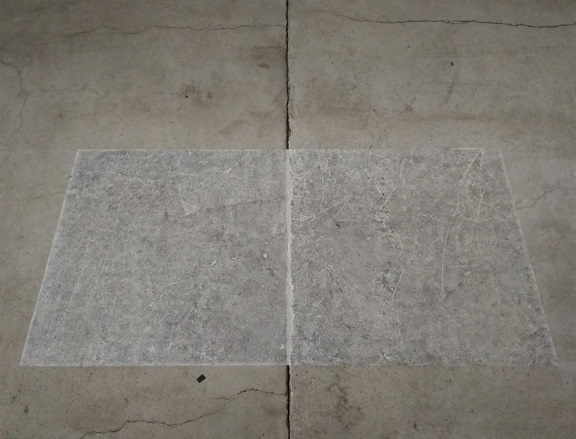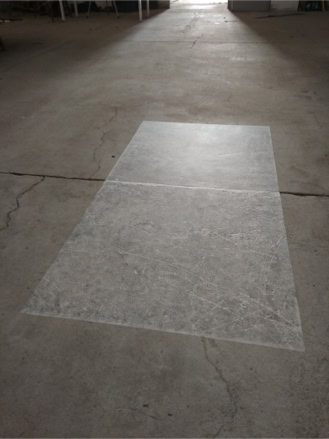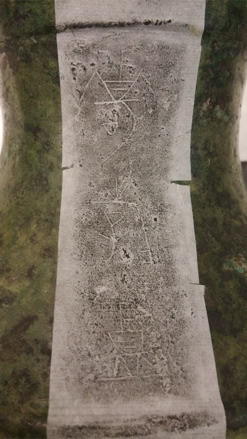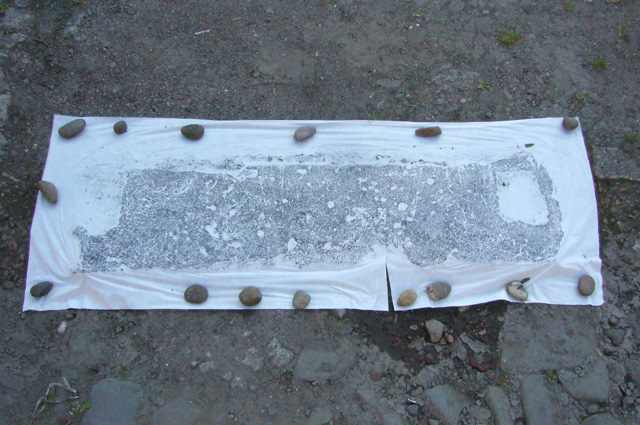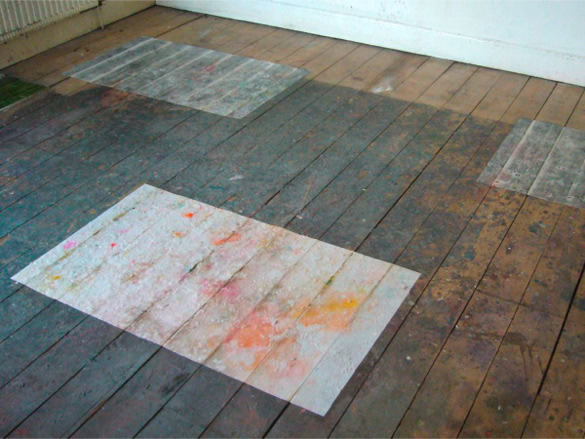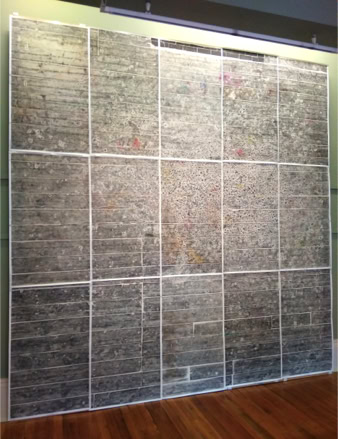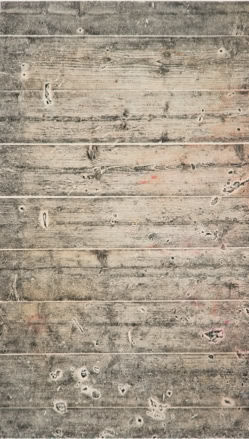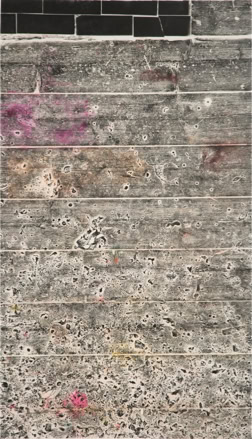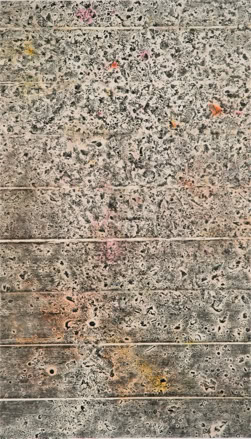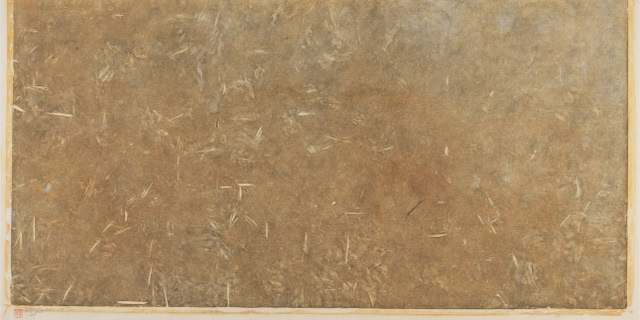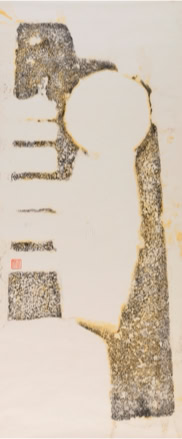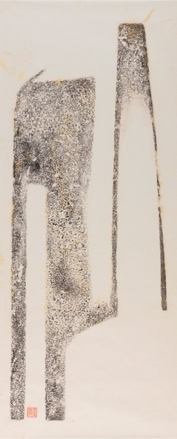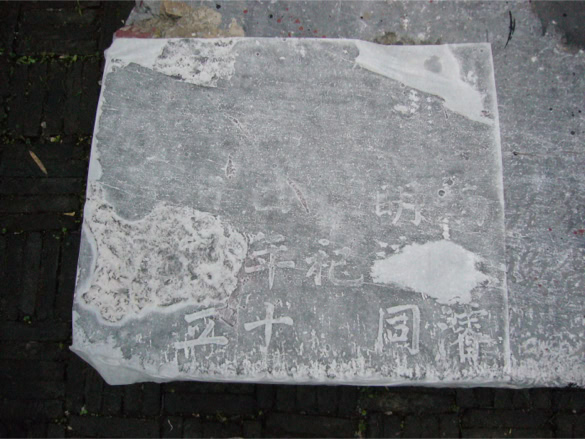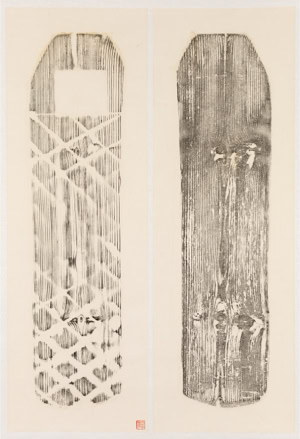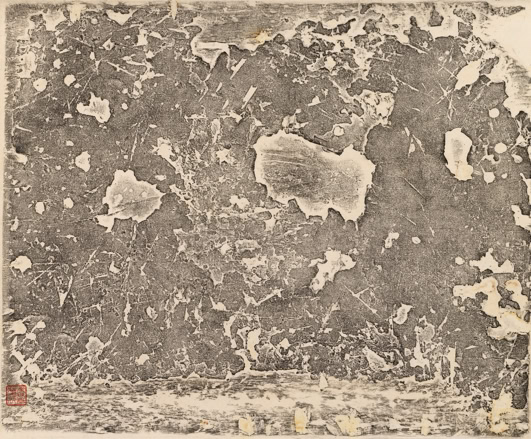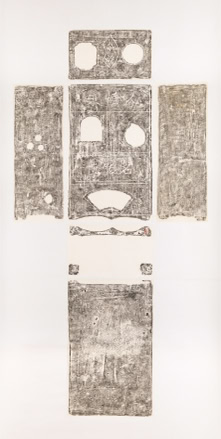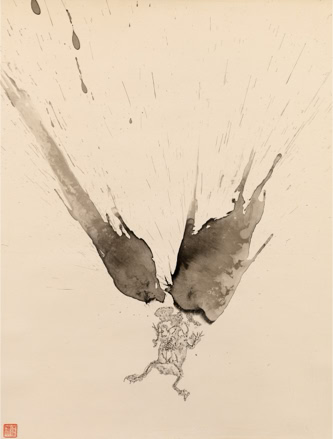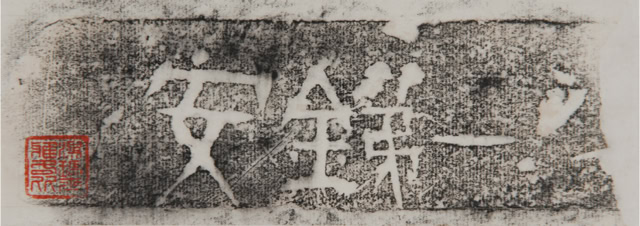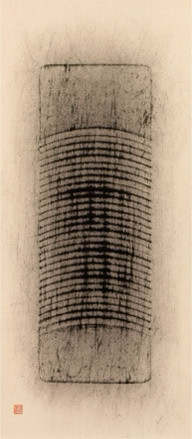The technique of ink rubbing originates from China.It has been a tradition for many centuries to reproduce calligraphies and texts carved in stone steles with ink and paper. The finished rubbing was afterwards mounted on a scroll and collected for study purposes.
Taking this tradition as a starting point for my practice, the surface texture of any object made of stone, wood, clay, brick or metal can be transferred onto paper. The result is an ink rubbing with a complete and authentic rendition of the original surface underneath. The rubbing capturesthe tactile quality of the object with every shade of ink.
First of all, the Chinese paper, especially made for ink rubbings, is wetted and applied to the surface of the object. Tissues and brushes are used to press the paper into the texture of the surface, until all details are covered and the paper starts drying.
After the drying is complete, a dabber, made of cotton wool and covered with silk, is blackened with a few drops of Chinese ink and lightly pressed onto the paper. This is repeated like shading a drawing, but with vertical movements of the dabber, until all the details of the texture underneath are visible.
When the ink is completely dry, the paper with the rubbing can be removed from the object.
